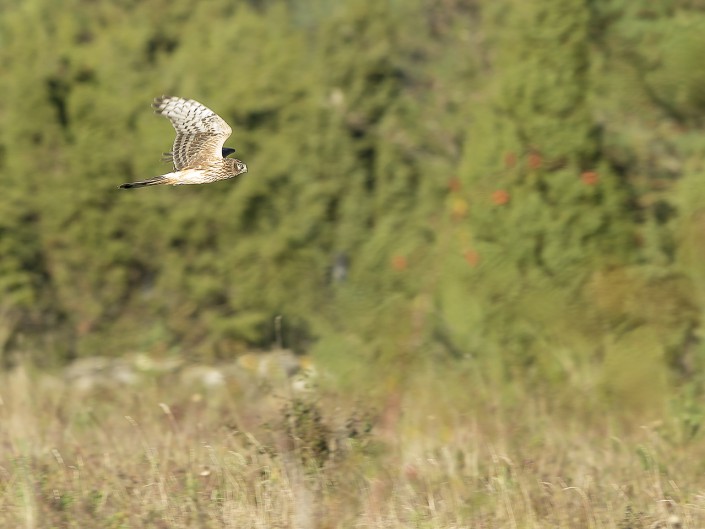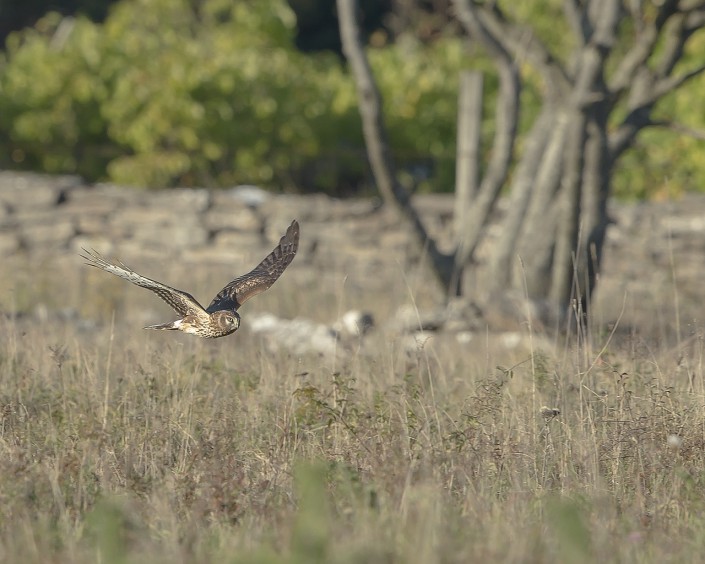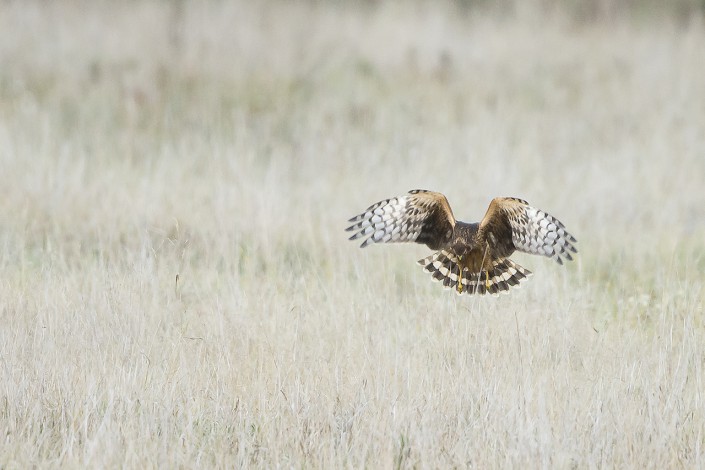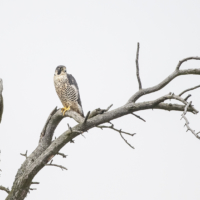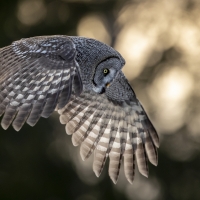This post is also available in: Swedish
Hen harrier – Circus cyaneus
Hen harrier – Circus cyaneus
It breeds throughout the northern parts of the northern hemisphere in Canada and the northernmost USA, and in northern Eurasia. This species is polytypic, with two subspecies. Marsh hawk is a historical name for the American form. The term “hen harrier” refers to its former habit of preying on free-ranging fowl.
It migrates to more southerly areas in winter. Eurasian birds move to southern Europe and southern temperate Asia, and American breeders to the southernmost USA, Mexico, and Central America. In the mildest regions, such as France, Great Britain, and the southern US, hen harriers may be present all year, but the higher ground is largely deserted in winter. The hen harrier is 41–52 cm (16–20 in)[3] long with a 97–122 cm (38–48 in) wingspan.
This species has a large range, with an estimated global extent 1,000,000–20,000,000 km2 (390,000–7,720,000 sq mi), and a population estimated at 1.3 million individuals. There is evidence of a population decline, but the species is not believed to approach the thresholds for the population decline criterion of the IUCN Red List (i.e., declining more than 30% in ten years or three generations). It is therefore classified as “least concern”. In the United Kingdom, however, hen harrier populations are in a critical condition, due to habitat loss and illegal killing on grouse moors. In 2012 only 617 pairs remained, representing a fall of 20% from 2004.
It sounds like this
Recording by Bruno Durand from Xeno canto





















